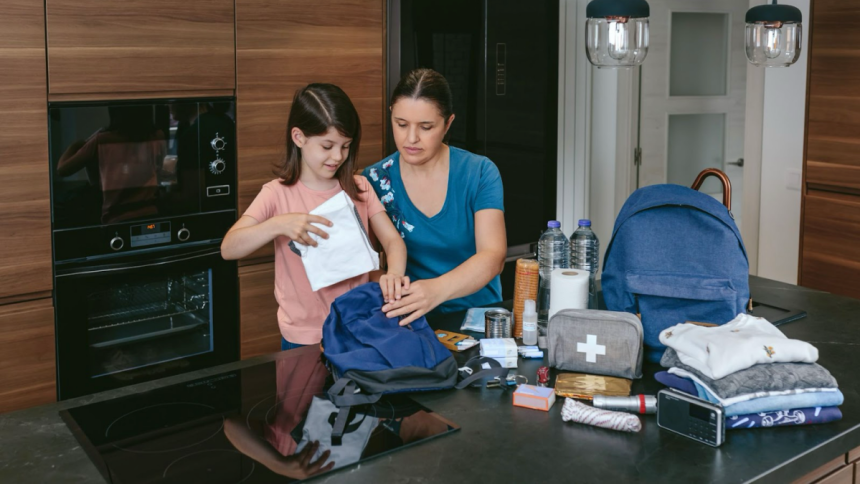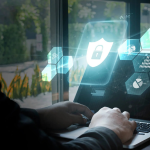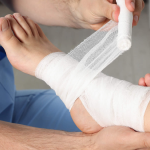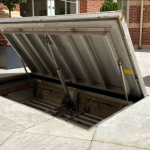Being a parent means wearing many hats, and one of the most critical roles is being prepared for emergencies at home. From sudden illnesses to natural disasters, home emergencies can be unpredictable and overwhelming. However, taking proactive steps can make a significant difference in ensuring your family’s safety and peace of mind. Here are some practical tips to help you prepare.
1. Create an Emergency Plan
An effective emergency plan is the cornerstone of preparedness. Sit down with your family and outline clear steps to follow during different types of emergencies, such as fires, severe weather, or medical crises. Include:
- Escape routes for every room in your home.
- A designated meeting spot outside the house.
- Emergency contact numbers, including neighbors or nearby relatives.
Practice the plan regularly with your children to ensure everyone knows what to do. Remember, repetition builds confidence.
2. Assemble an Emergency Kit
Having a well-stocked emergency kit can save valuable time in a crisis. Your kit should include:
- Non-perishable food and water for at least three days.
- Flashlights, batteries, and a first-aid kit.
- Prescription medications and essential medical supplies.
- Copies of important documents, like IDs and insurance policies, stored in a waterproof container.
Tailor your kit to your family’s specific needs, including items for infants, pets, or elderly family members.
3. Learn Basic First Aid and CPR
Emergencies often involve injuries or sudden health issues, such as choking or cardiac arrest. As parents, knowing basic first aid and CPR can make a life-saving difference. If you’re in Canada’s capital, consider taking CPR training in Ottawa. Many reputable organizations offer hands-on courses tailored for parents, helping you feel more confident in handling medical emergencies. Encourage other caregivers, such as grandparents or babysitters, to take similar training.
4. Childproof Your Home
Preventing emergencies is just as important as preparing for them. Childproofing your home reduces the risk of accidents and injuries. Here’s a checklist to get started:
- Secure heavy furniture and appliances to walls to prevent tipping.
- Install safety gates at stairs and covers on electrical outlets.
- Keep hazardous substances, such as cleaning products and medications, out of reach.
- Test smoke and carbon monoxide detectors monthly.
By minimizing risks, you can create a safer environment for your children.
5. Stay Informed
Knowledge is power when it comes to emergency preparedness. Sign up for local emergency alerts to stay updated on weather warnings or community safety concerns. Familiarize yourself with resources like nearby shelters and emergency response teams. The more you know, the faster you can react when time is critical.
6. Teach Your Children
Empower your kids by teaching them age-appropriate safety skills. For instance:
- Show them how to call 911 and provide essential information.
- Explain the importance of staying low during a fire to avoid smoke inhalation.
- Practice basic first aid techniques, like cleaning minor cuts and applying bandages.
When children understand what to do, they’re less likely to panic during an emergency.
7. Review and Update Regularly
Life changes, and so do your family’s needs. Review your emergency plan and kit at least once a year to ensure they’re up to date. Replace expired items in your kit, and adjust your plan as your children grow or if you move to a new home.
Being Prepared as Parents
As parents, being prepared for home emergencies is a responsibility that requires time and effort but is ultimately rewarding. By creating a solid plan, assembling essential supplies, and equipping yourself with skills like CPR training, you can navigate crises with confidence. Remember, preparation isn’t about living in fear but about empowering your family to face challenges head-on. Start today—your family’s safety depends on it.
Lynn Martelli is an editor at Readability. She received her MFA in Creative Writing from Antioch University and has worked as an editor for over 10 years. Lynn has edited a wide variety of books, including fiction, non-fiction, memoirs, and more. In her free time, Lynn enjoys reading, writing, and spending time with her family and friends.















